.jpg)
For Myanmar patients struggling with chronic joint pain caused by osteoarthritis, sports injuries, or age-related degeneration, stem cell joint therapy in Thailand has become an appealing treatment option.
Thailand is recognized for its advanced regenerative medicine centers, experienced orthopedic specialists, and stem cell protocols aimed at reducing inflammation while supporting cartilage repair and improved mobility.
Key Takeaways
-
Proximity & Logistics: Thailand is the most accessible medical destination for patients from Myanmar, with direct flights from Yangon (RGN) to Bangkok (BKK) taking less than 1 hour 30 minutes and costing as low as $75 USD.
-
Cost Efficiency: Stem cell therapy for a single joint (like the knee or hip) in Thailand costs between $8,000 – $15,000 USD (approx. 165 – 310 Lakhs MMK), offering high quality at competitive regional prices.
-
Treatment Advantage: Thai clinics primarily use highly potent Umbilical Cord-Derived Mesenchymal Stem Cells (UC-MSCs) for joint repair, which are younger and often more effective than an aging patient's own cells (Autologous).
-
Visa Support: Myanmar citizens should apply for a Medical Treatment Visa (MT), which major Thai hospitals can help facilitate with the necessary Confirmation Letter.
-
Target Conditions: Highly successful for Knee Osteoarthritis and Rotator Cuff Tears, offering a regenerative alternative to surgery.
What is Stem Cell Joint Therapy?
Stem cell joint therapy is a minimally invasive procedure that uses potent cells to regenerate damaged cartilage and reduce the chronic inflammation that causes joint pain.
For patients facing persistent joint pain due to osteoarthritis (OA) or sports injuries, traditional treatments often involve temporary pain relief (steroids) or major surgery (joint replacement). Regenerative therapy in Thailand offers a biological solution.
How MSCs Repair Joints
-
Anti-Inflammatory Action: Mesenchymal Stem Cells (MSCs) release signaling molecules that actively suppress the destructive inflammation within the joint capsule.
-
Tissue Signaling: They stimulate the surrounding native cells to begin producing new cartilage (chondrocytes) and tissue components.
-
Vascular Support: MSCs promote the growth of new blood vessels, improving the nutritional supply to the damaged area, which is typically poorly vascularized.
Why Thailand is Ideal for Myanmar Patients
Thailand's status as a global medical tourism leader is matched by its unparalleled logistical convenience for patients traveling from Myanmar.
1. Travel Convenience and Cost
-
Flight Time: The short flight duration (~1.5 hours) is crucial for older patients or those with chronic pain.
-
Low Fares: Round-trip fares from Yangon (RGN) to Bangkok (BKK/DMK) are extremely low (often under $200 USD), reducing the overall cost burden of medical travel.
2. High Standards and Multilingual Support
-
Accreditation: Many leading hospitals and clinics (like Samitivej and Bangkok Hospital Group) hold JCI (Joint Commission International) accreditation, ensuring international safety protocols.
-
Linguistic Comfort: Thai hospitals are highly experienced with international patients, and many clinics have dedicated staff fluent in Burmese or are equipped to provide seamless translation services.
The Treatment Protocol: A Simple 3-5 Day Stay
Orthopedic stem cell treatment is an outpatient procedure, allowing patients to minimize their time away from home.
Day 1: Arrival & Consultation
-
Travel: Fly from Yangon to Bangkok.
-
Assessment: Consultation with a specialized Orthopedic Surgeon or Regenerative Medicine Physician. Review of MRI/X-rays (patients should bring these from Myanmar).
-
Blood Work: Initial diagnostics and suitability checks.
Day 2: The Procedure
-
Cell Preparation: Clinics often utilize UC-MSCs (donor cells, immune-privileged) or, less commonly, harvest Autologous (patient's own) cells from fat or bone marrow.
-
Injection: The concentrated stem cell solution is injected directly into the joint space (knee, hip, or shoulder) under ultrasound guidance to ensure pinpoint accuracy.
-
Observation: Patients rest briefly and are then discharged to their hotel.
Day 3-5: Recovery & Supportive Therapy
-
Light rest and gentle range-of-motion exercises begin immediately.
-
Some packages include supportive therapies like PRP (Platelet-Rich Plasma) booster injections or IV Vitamin Therapy to enhance the regenerative environment.
-
Final check-up before returning home.
Cost Analysis: Joint Therapy
Stem cell treatment in Thailand is accessible because the cost is transparent and significantly lower than in the Western world.
As patients explore their options abroad, understanding the cost of stem cell joint therapy in Thailand is crucial, the investment is often more affordable than similar therapies in Western countries while still providing high-quality care, modern facilities, and reliable clinical standards.
|
Destination |
Procedure (Single Joint Injection) |
Estimated Cost (USD) |
Estimated Cost (MMK) |
|---|---|---|---|
|
Thailand |
MSC Joint Therapy |
$8,000 – $15,000 |
165 – 310 Lakhs |
|
Singapore |
Premium Clinic |
$15,000 – $30,000+ |
310 – 620 Lakhs+ |
|
USA |
Private Injection |
$20,000 – $30,000+ |
410 – 620 Lakhs+ |
Travel Requirements for Myanmar Citizens
Myanmar passport holders require a visa to enter Thailand for medical treatment.
Medical Treatment Visa (MT)
-
Eligibility: Must be traveling solely for medical treatment.
-
Duration of Stay: The single-entry MT Visa allows a stay of up to 60 days, which provides ample time for treatment, stabilization, and initial recovery.
-
Required Documentation:
-
Completed Visa Application form.
-
Proof of financial ability (e.g., bank statement showing at least $1,000 USD per person).
-
Crucially, a Confirmation Letter from the Thai Hospital detailing the purpose and duration of the treatment.
-
Expert Insight:
"Patients must understand that cheaper options advertised often use unviable or insufficient cell counts. The value in Thailand lies in certified labs and high cell viability, which guarantees the biological activity needed for lasting joint repair."
Frequently Asked Questions (FAQ)
How long does the pain relief last? Unlike corticosteroid injections (which last weeks), stem cell therapy is regenerative. Patients often experience relief lasting 2 to 5 years, depending on their injury severity and adherence to physiotherapy.
Is this suitable for all stages of arthritis? It is most effective for early to moderate osteoarthritis (Grade 1–3) where cartilage damage is present but not yet "bone-on-bone." Advanced, severe OA (Grade 4) may still require joint replacement.
Does the treatment involve surgery? No. The injection procedure is minimally invasive and performed under local anesthesia. It requires no major incisions, eliminating the long recovery and high infection risk associated with surgery.
Can I walk immediately after the injection? Yes. You can walk out of the clinic, but weight-bearing activity should be carefully managed for the first 1-2 weeks as advised by the orthopedic doctor, allowing the cells to settle and begin the healing process.
Ready to Restore Your Mobility?
PlacidWay bridges the distance, connecting Myanmar patients directly with Thailand's leading orthopedic centers for regenerative joint therapy.
We assist with:
-
Visa Coordination: Securing the necessary hospital Confirmation Letter for your MT Visa application.
-
Financial Planning: Providing transparent, all-inclusive package pricing.
-
Patient Support: Coordinating travel and ensuring access to appropriate translation services.


.jpg)
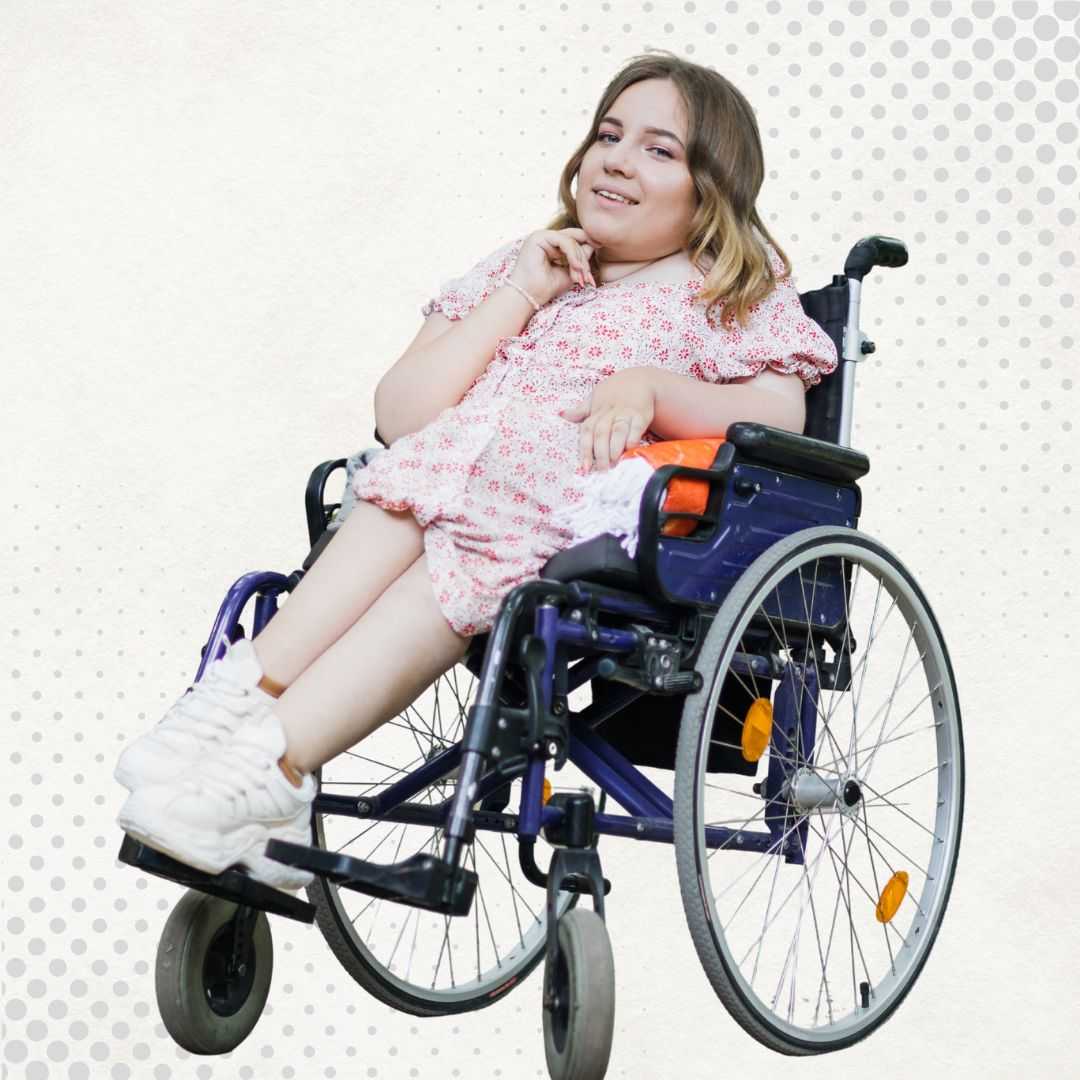
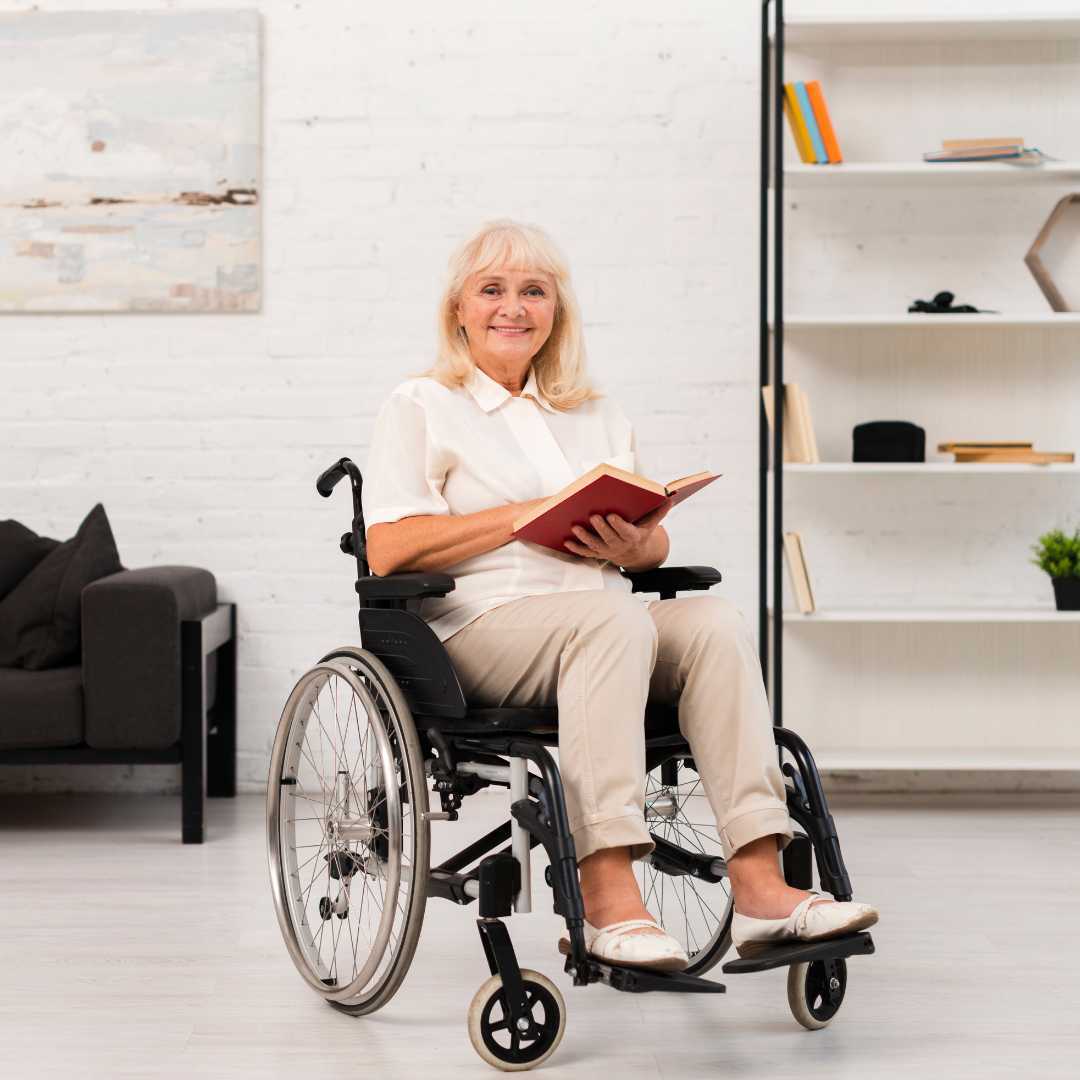

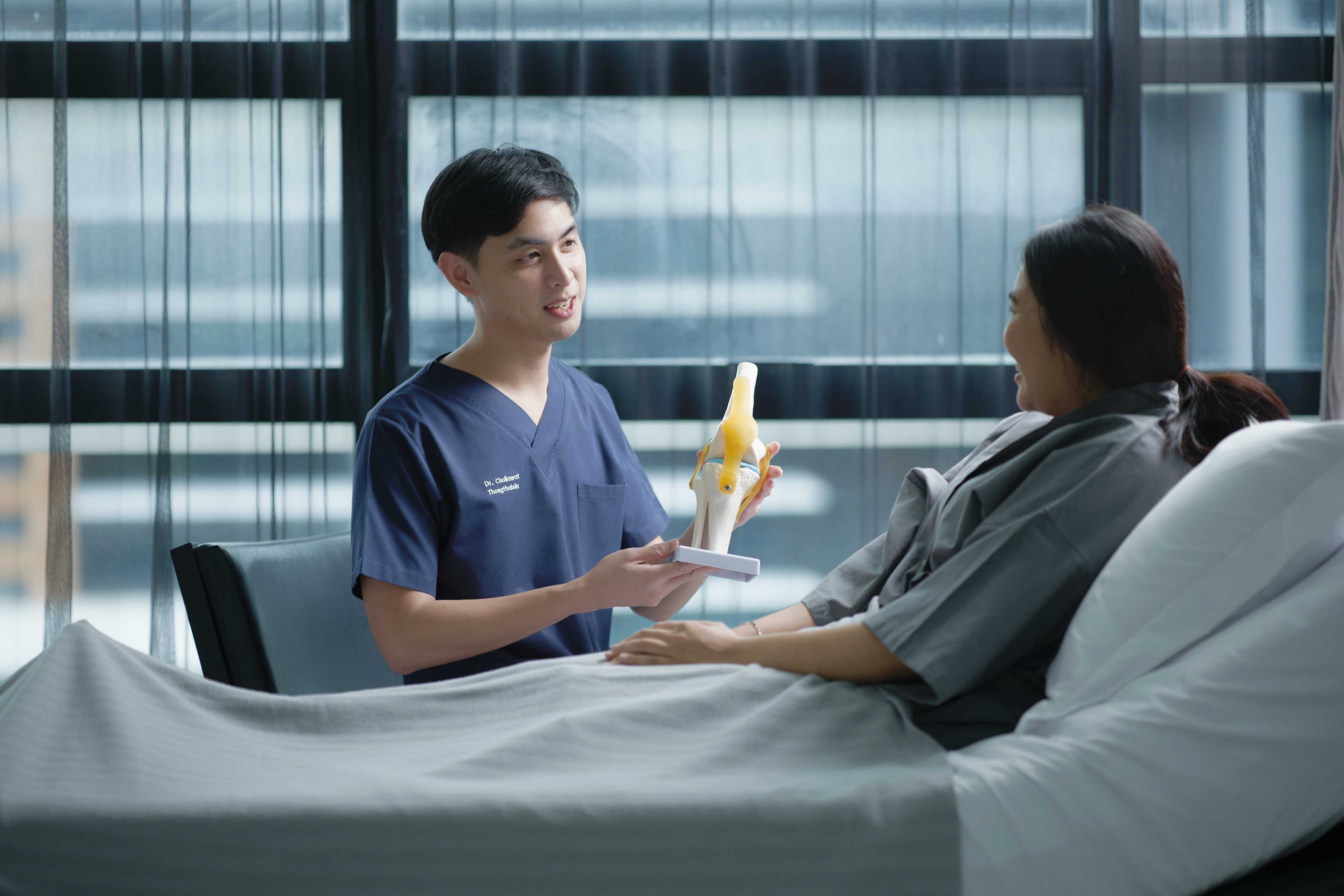
.jpg)
.jpg)
.jpg)

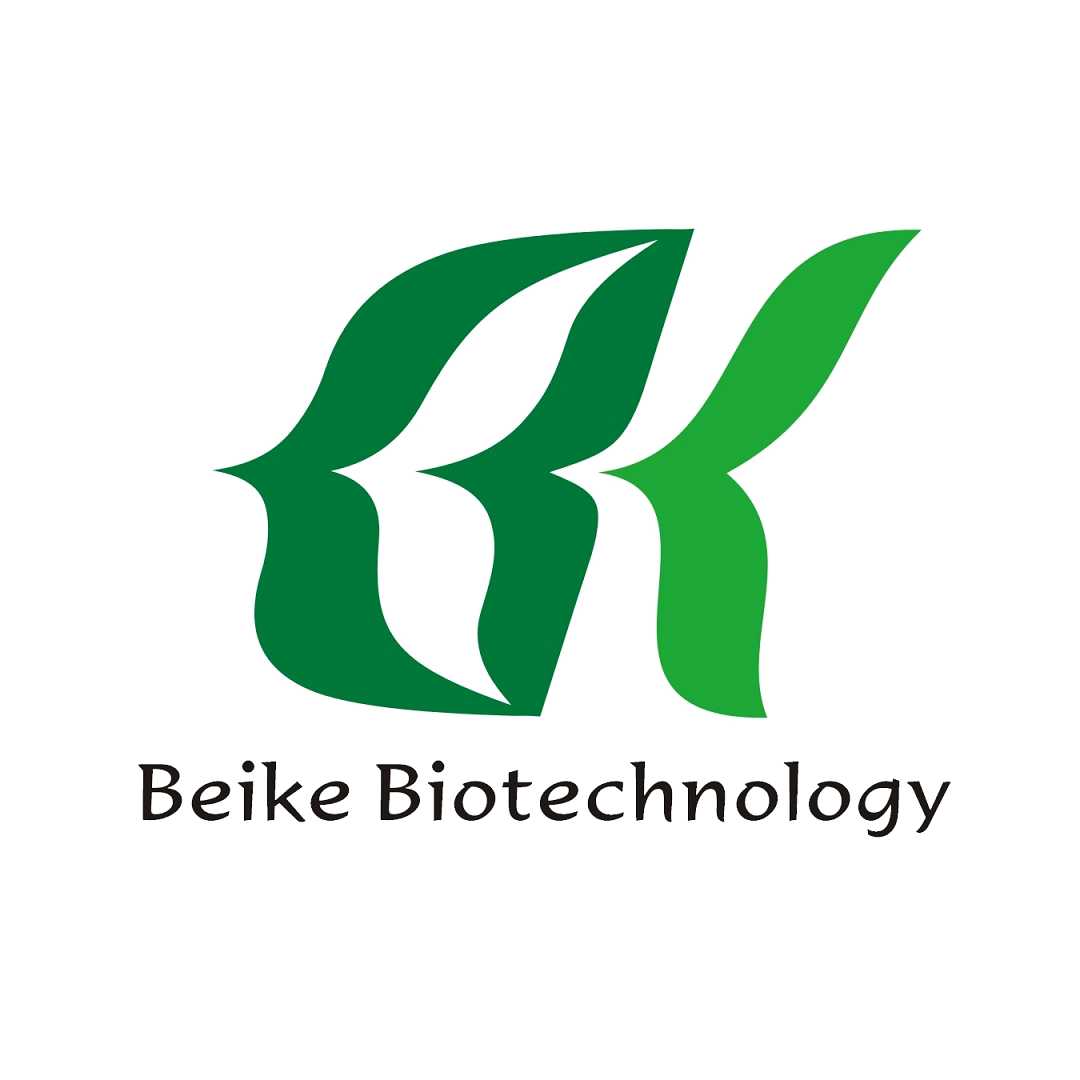

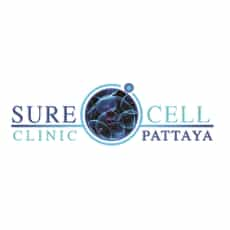



Share this listing